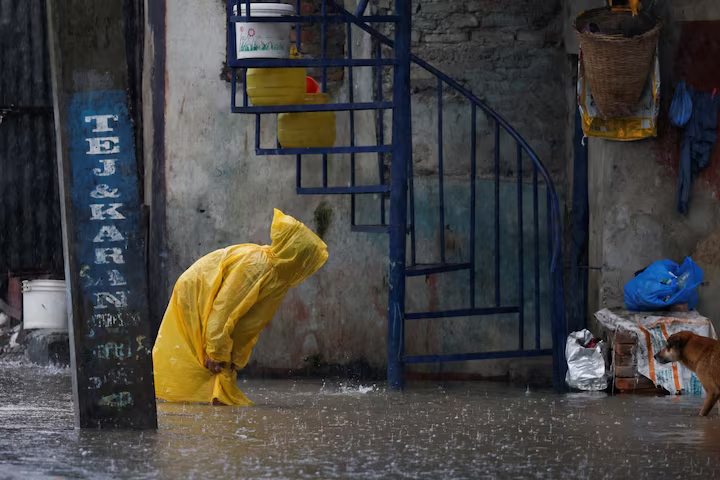In Nepal, the death toll from floods and landslides rose to 50, with the eastern district of Ilam bordering India recording 37 deaths, a spokesperson for the Armed Police Force said.
The flooding comes as India’s government is working on a new national climate-linked insurance scheme to simplify payouts after extreme weather events and which would be the first of its kind.
Darjeeling and Kathmandu floods
At least 18 people died in Darjeeling, and several people were still missing on Monday, as relief and restoration work got underway, said local government officials in the Indian state of West Bengal, warning that the death toll was likely to rise as details flowed in from remote areas.
The Himalayan hill resort of Darjeeling, the main city in the namesake district, is famous for its tea and draws tourists with spectacular views of Mount Kanchenjunga, the world’s third-highest peak. The state’s first minister Mamata Banerjee urged tourists to stay put until they were safely evacuated.
The districts of Darjeeling, Kalimpong, Jalpaiguri, Alipurduar, which are home to tea plantations, were among those affected, she said. In all, 23 deaths have been reported across northern West Bengal state since the weekend, Banerjee said.
More rain is expected after the weekend’s “extremely heavy” downpours in Darjeeling, said H R Biswas, the regional weather head in the state’s capital of Kolkata.
Nepal’s capital, Kathmandu, suffered from severe flooding as several rivers swamped roads and inundated many houses, cutting the temple-studded capital off from the rest of the country by road.
In southeastern Nepal, the Koshi River – which causes deadly floods in the eastern Indian state of Bihar almost every year – was flowing above the danger level, a district official said.
India’s climate insurance
The floods arrived as India’s government began early-stage talks with the country’s insurers about designing a nationwide climate-linked insurance programme aimed at simplifying the payout process after extreme weather events such as heatwaves and floods.
The scheme would adopt a parametric insurance model, where policyholders receive a pre-determined payout when specific weather thresholds such as rainfall, temperature or wind speed are breached.
Should the discussions bear fruit, India – among the nations most prone to extreme weather events – could become one of the first major economies to roll out such a program.
